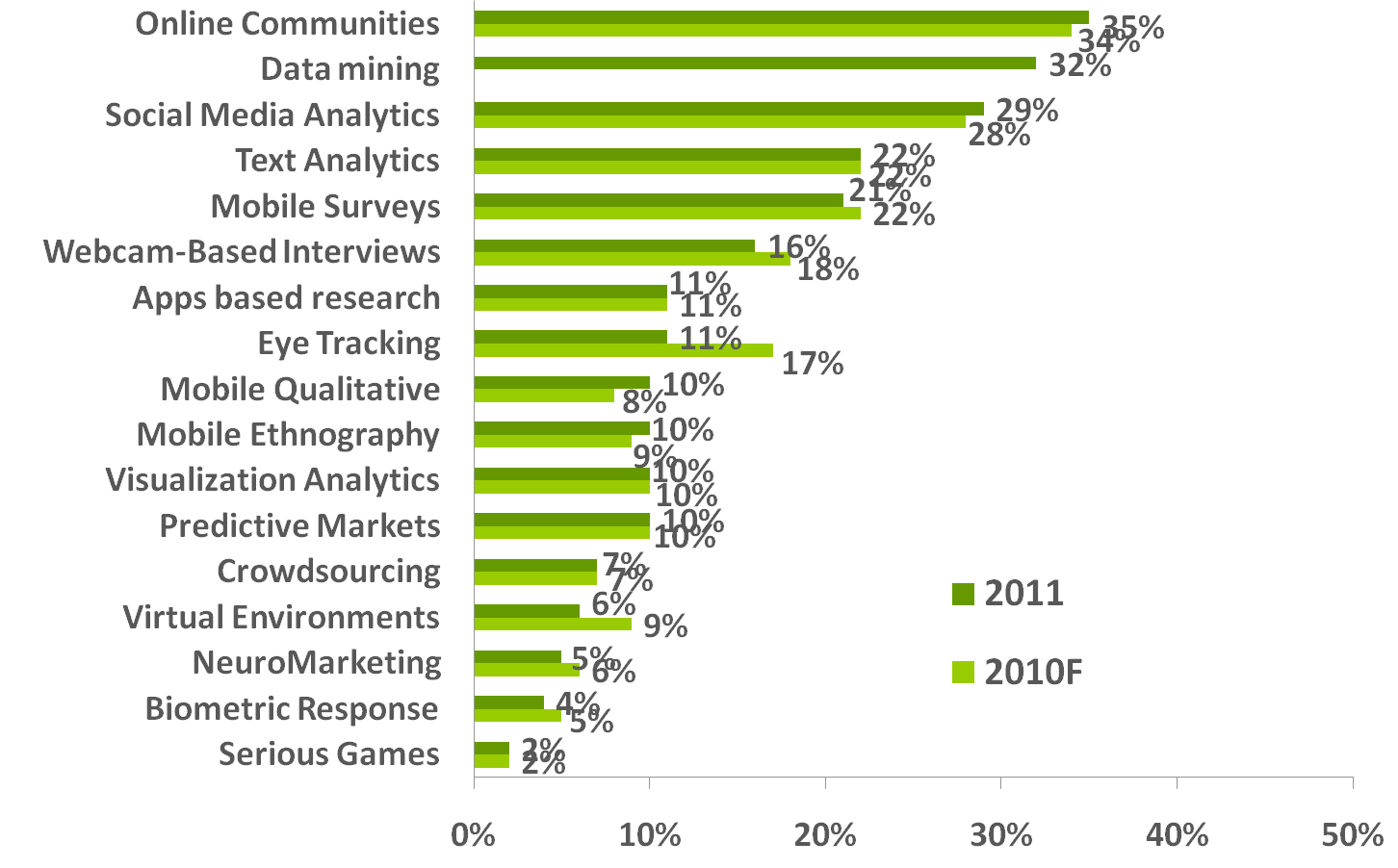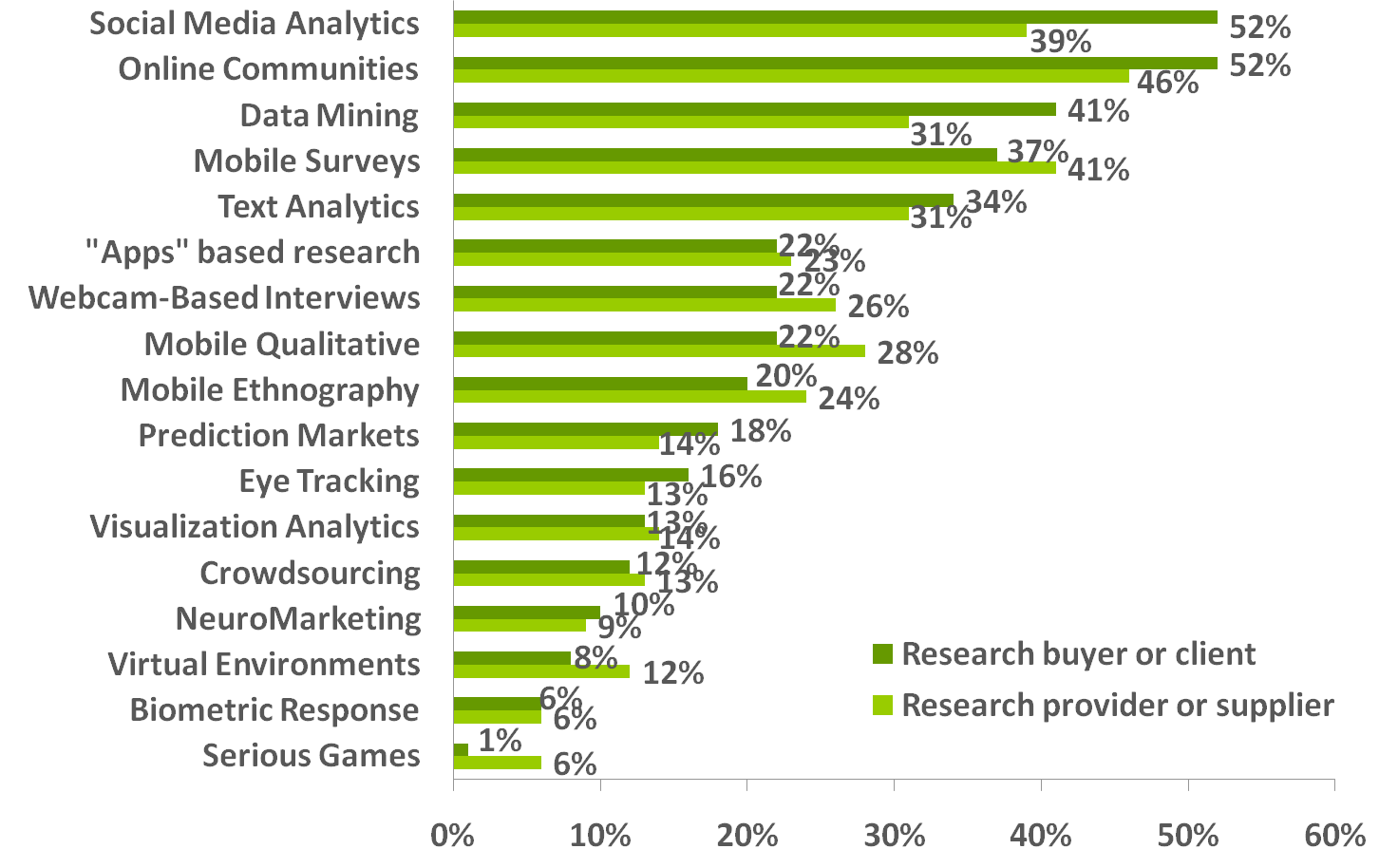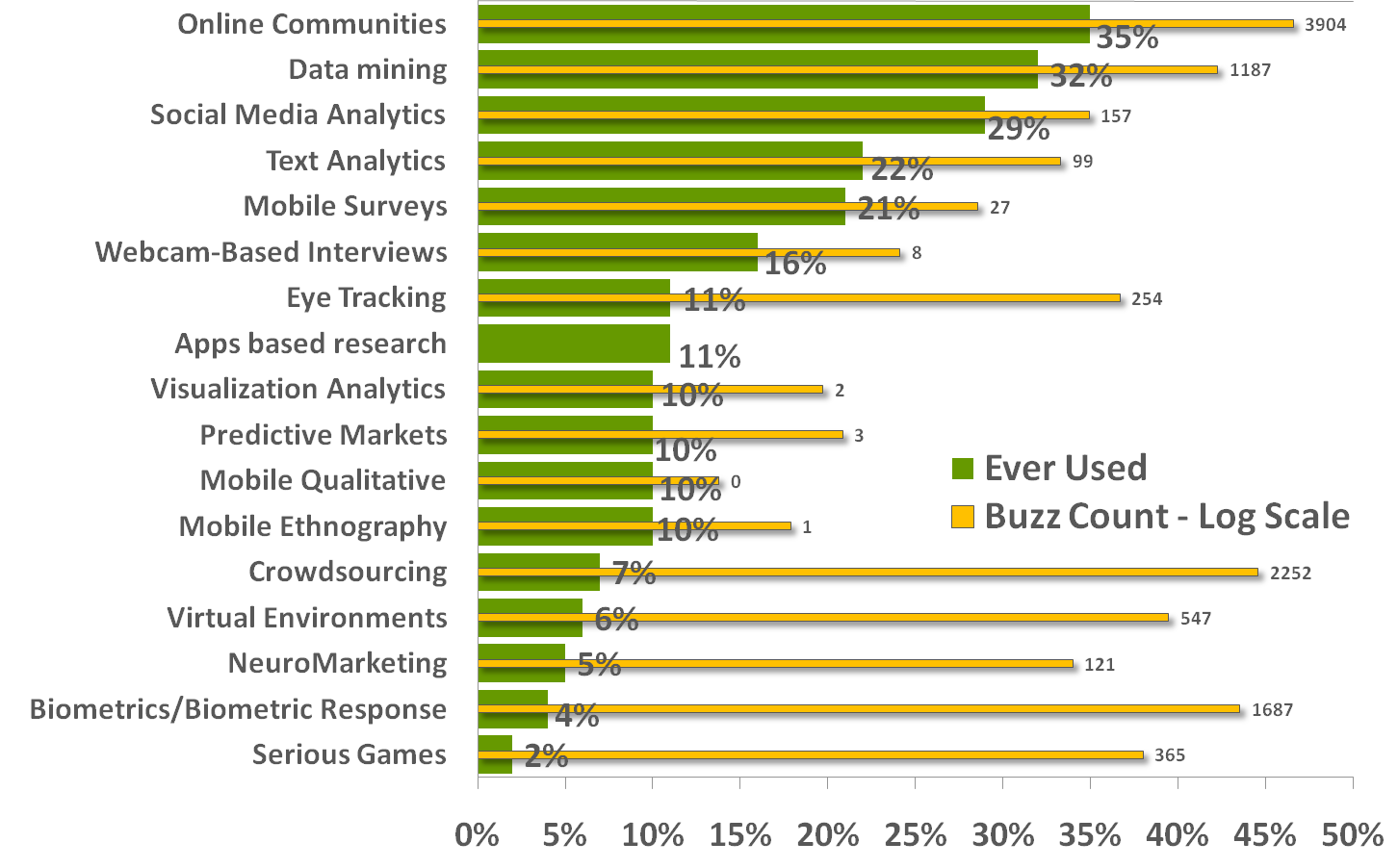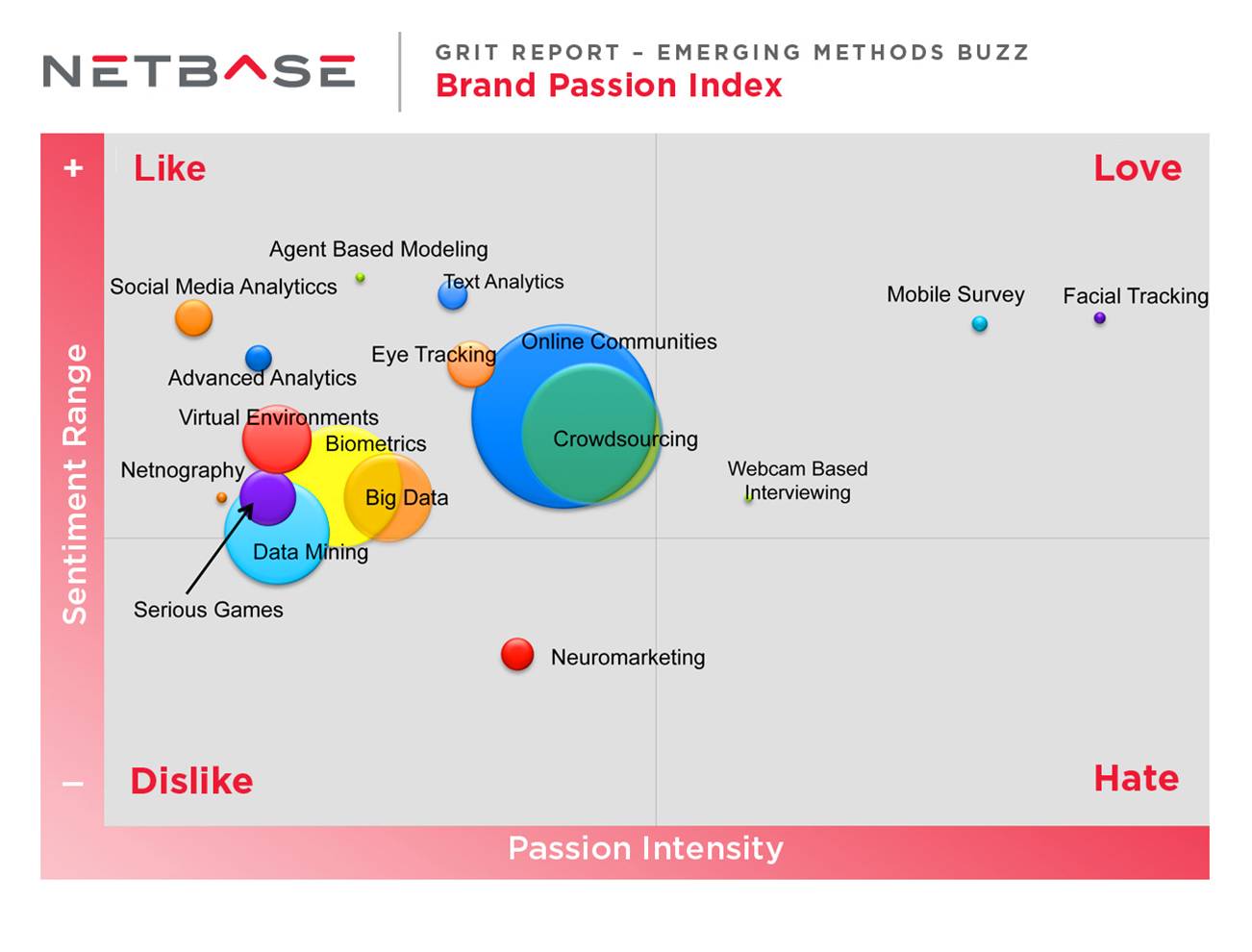The recent HBR Management Tip (“Don’t Bother Wowing Your Customers,” October 20, 2011) and the larger article on which it is based (“Stop trying to Delight Your Customers,” HBR, July/Aug 2010, Dixon, Freeman and Toman) is both eye catching and thought provoking – and totally misleading.
The authors present data illustrating that their Customer Effort Score (CES) outperforms satisfaction and NPS as a predictor of customer loyalty. Responsible researchers and marketers, however, have long recognized that satisfaction is a necessary but not sufficient hurdle for loyalty, and the weaknesses (and strengths) of NPS are well documented. Outperforming these measures is a straw man performance and not much of an accomplishment.
I see two fundamental problems with their line of thinking. First, they fail to differentiate between the customer service experience and customer loyalty and actually seem to flip-flop between the two for their own convenience. Loyalty is a relationship concept (and measure) that is greater than the sum of the experience or contacts. Each and every customer interaction is an opportunity to strengthen the relationship, as well as a risk of undermining or weakening the relationship. But the interaction or experience is not the same as the overall relationship.
Satisfying or “wowing” customers on any one experience is important only insofar as the experience contributes to the larger equation of the customer relationship. Experiences are discreet events, although the customer’s memory is more cumulative. The value and importance of experiences are in their aggregated impact on the relationship.
More importantly, their argument is flawed because it sees the world in a linear manner in which it is assumed that improved performance on each and every performance measure (inputs or independent variables) drives ever higher levels of delight or loyalty ( the outcome or dependent variables). Dissatisfaction – the failure to deliver on basic expectations or table stakes – is the flip side of satisfaction and not the inverse of customer loyalty or delight. They present a feeble argument: simply fixing service problems that might disappoint and alienate customers never has been the equivalent of delighting customers any more than removing the proverbial fly from the bowl of soup makes for a delicious meal.
We do not live in a linear world. Performance criteria that are dissatisfiers or negative drivers of satisfaction need to be analyzed and managed separately from the enhancers or positive drivers of customer loyalty and delight. (See http://www.gfkinsights4u.com/insights4u.cfm?articleID=425) The dissatisfiers need to be remedied, as these are the basic performance expectations of customers. Dixon et al are right in that “wowing” customers on dissatisfiers is a non-starter without a positive ROI. But this is because these are not criteria that lead to differentiated customer experiences or delight, not because it isn’t worth delighting customers. Companies, in other words, have to wow customers on things that matter to the customer. Dissatisfiers, by their nature, have clear points of diminishing returns, and over-performing against customer expectations on these fundamental must-dos is an investment with little or even negative return (negative because this might pull resources away from more important service dimensions).
Dixon and company touch on the distinction between dissatisfiers and enhancers with their “two pies” analogy of drivers of loyalty and disloyalty. They introduce this concept – and then promptly totally ignore the positive drivers or enhancers that REALLY WOW customers and deliver meaningfully differentiated service experiences and drive customer loyalty. Companies DO NEED TO DELIGHT and WOW their customers on the enhancers that build loyal, enduring relationships that maximize customer lifetime value. The fact that every interaction with the contact centers (on which Dixon et al focus) does not necessarily contribute to loyalty is not proof to the contrary. So while companies may not need to “wow” their customers on each and every interaction, they need to deliver operational excellence to plug the leaks on those issues that might dissatisfy or disappoint customers, while truly WOWING their customers on those enhancers or differentiators that drive loyalty. The trick is to differentiate between the two type of drivers and ensure organizations apply the appropriate performance-improvement efforts and align their training/reward systems accordingly.







